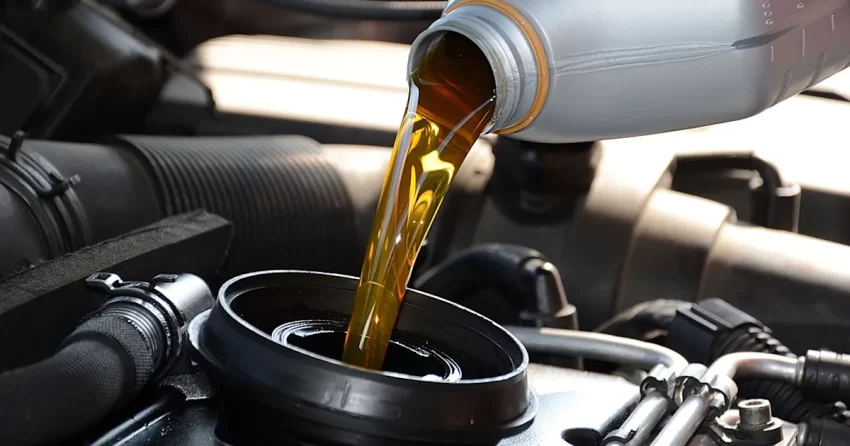Racing cars are synonymous with impressive agility and supersonic speed. Since they produce extreme heat and pressure, they require high-performance lubricants. Did you know that the racing oil you use must meet the criteria it’s designed for? For outstanding performance on the track, it should be formulated with the highest quality base oil and zinc level modifiers. This also ensures optimal viscosity and thermal stability. Here is the process of finding high-performance motor oil.
Check the base
The base rating is based on the viscosity index – it takes about 70-90% of the product. There’s a consensus that base oil is better than conventional mineral oil. Generally, the synthetic oil must undergo additional distillation and refinement for a highly consistent base stock. It should also pour seamlessly at higher temperatures without compromising the viscosity characteristics.
The viscosity index determines the capacity to resist oil flow when cold or hot. The lower the number, the more the product is efficient at low temperatures. Likewise, a high number shows the oil is efficient at high temperatures.
The oil should be fortified with additives
Additives give a high level of ZDDP (a combination of phosphorus and zinc). Some are corrosion inhibitors; others are antioxidants. While the level may reach 2000 ppm, these figures do not necessarily mean high performance. Drivenracingoil.com offers racing oils with a thick foam to lubricate the moving parts. They protect the bearings and can withstand high temperatures. That said, racing cars should have anti-wear additives to tackle the most demanding work conditions. Keep in mind that high-level zinc-based catalysts may cause oxygen sensor contamination.
Check the level of thermal stability
When engine oils are exposed to high temperatures, they can degrade. That’s why thermal stability is a must when choosing oil. It represents the lubricant’s ability to resist high temperatures. Not to mention, this is what determines how your vehicle behaves in high temperatures. Before you choose a specific oil, you may want to consult the manufacturer.
Racing oil maintenance
While regular oil should be changed often, high-performance oils are changed based on the driving severity. At its core, racing oils should be changed after every few races. They have a low base number (TBN) that shows how often you should change the oil.
The frequency of changing the oil will depend on the driving conditions. For instance, dirt track racing cars need a more frequent oil changes.
In a nutshell, you should pay attention to the properties of the oil, like oil additives, thermal stability, type of base oil, and viscosity requirements. The best oil should keep the engine running no matter the racing conditions.
